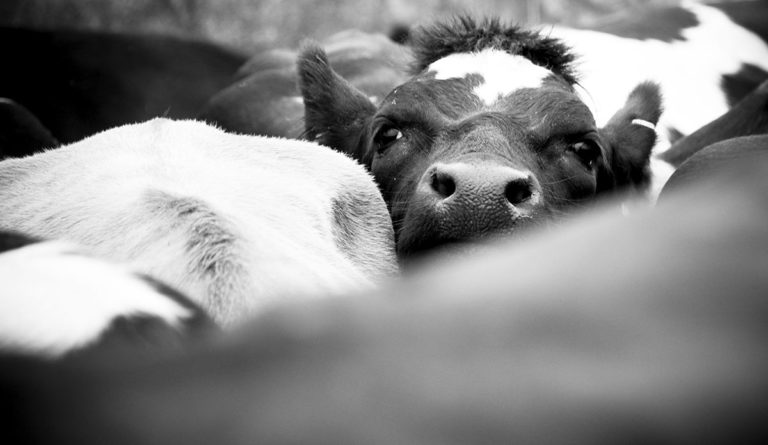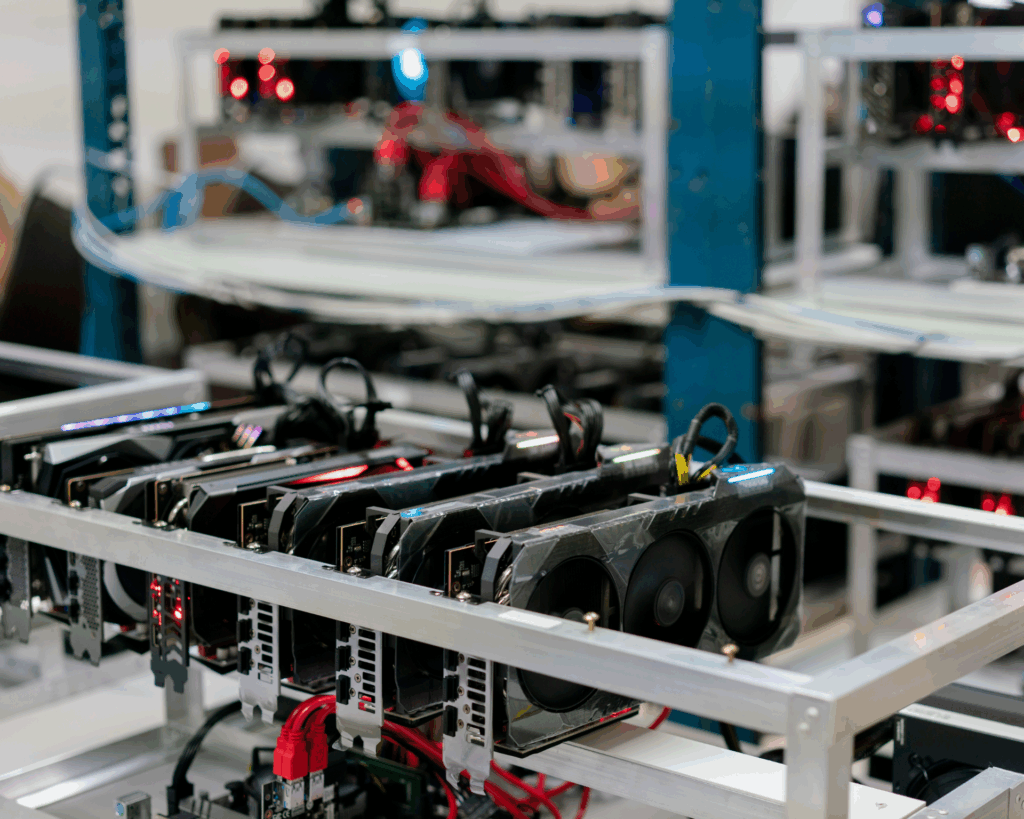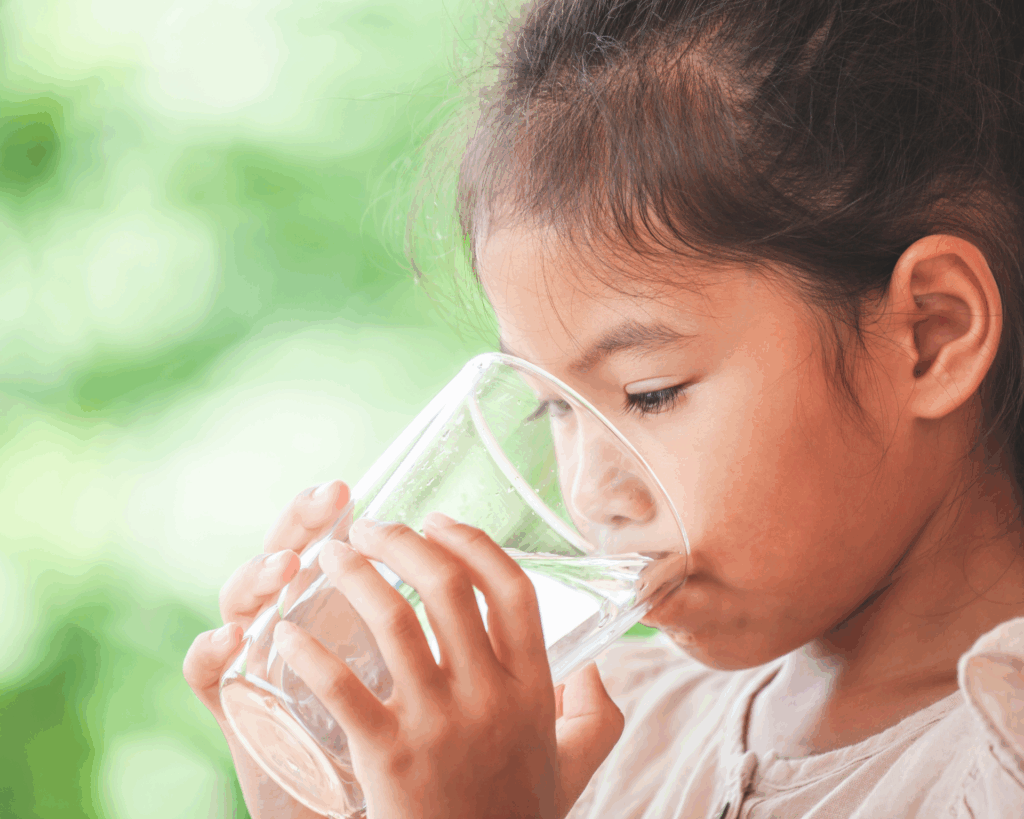Climate Change and the Food Gap
By 2050, the global population will be almost 10 billion. Simply growing more food is not the answer to feed us all.

Read Time: 3 minutes
Published:
By 2050, the global population will be almost 10 billion. Those are a lot of mouths to feed. In order to provide enough food for the world, we need to figure out how to produce 56% more calories than we produced in 2010. Simply growing more food is not the answer.
After the energy sector, agriculture is the second largest emitter of greenhouse gases. According to a report by the World Resources Institute, a 56% increase in global caloric production would produce an estimated 15 gigaton of carbon dioxide emissions a year—causing our climate to warm way above the targeted 2℃ change deemed ‘safe’ by climate scientists. In order to not exceed the 2℃, we need to aim for an agricultural sector that produces a mere four gigatons of carbon dioxide emissions a year. Some dramatic changes need to take place in the agricultural industry to be able to feed everyone in an environmentally sustainable manner. So how can we grow more food without farming more land?
Food loss and food waste is a major contributor to agriculture’s greenhouse gas creation. Roughly 1/3 of our food goes to waste. Food loss occurs along the whole production chain (from processing, to distribution, to consumption) making it a challenging issue to manage. Interventions that target food rescue and redistribution would not only help decrease greenhouse gas emissions, but would also serve to provide food to communities in-need. Grassroots organizations, such as Boulder Food Rescue and Food Not Bombs, are examples of local organizations that have identified businesses with surplus food and locations for redistribution to close existing food gaps.
But reducing and redistributing surplus food alone won’t solve our problem. We also need to figure out how to produce more food without increasing agricultural land use.
But reducing and redistributing surplus food alone won’t solve our problem. We also need to figure out how to produce more food without increasing agricultural land use. The World Resources Institute implores researchers and scientists to find ways to boost crop yields, such as by planting crops more frequently. Another possibility would be through the selective breeding, genetic modification (introducing foreign DNA) or genetic editing (editing existing DNA) of crops, to enhance their ability to absorb nutrients or resist pests and disease. Although genetically-altered crops pose little threat to human health, there is the potential for pests and weeds to become resistant to these altered strains, which could lead to an increase in future pesticide use.
Cattle, sheep, and goats produce roughly half of agriculture’s greenhouse gases. Digestive bacteria in the guts of ruminants produce large amounts of methane gas that is expelled as burps. Scientists have tried reducing the amount of gas released through special food supplements, but this scheme can be difficult to implement. Another greenhouse gas reduction option is introducing chemical inhibitors into pastures that diminish the breakdown of manure into nitrogen, found to be successful in New Zealand. Finally, reducing our meat consumption to 1.5 servings a week would cut back meat consumption by 40%.
The US government spends $20 billion a year on agricultural subsidies—funded by taxpayers—with little environmental oversight and no explicit goals regarding the needed increase in calorie production in our food supply.
Feature image: georgeclerk/iStock



